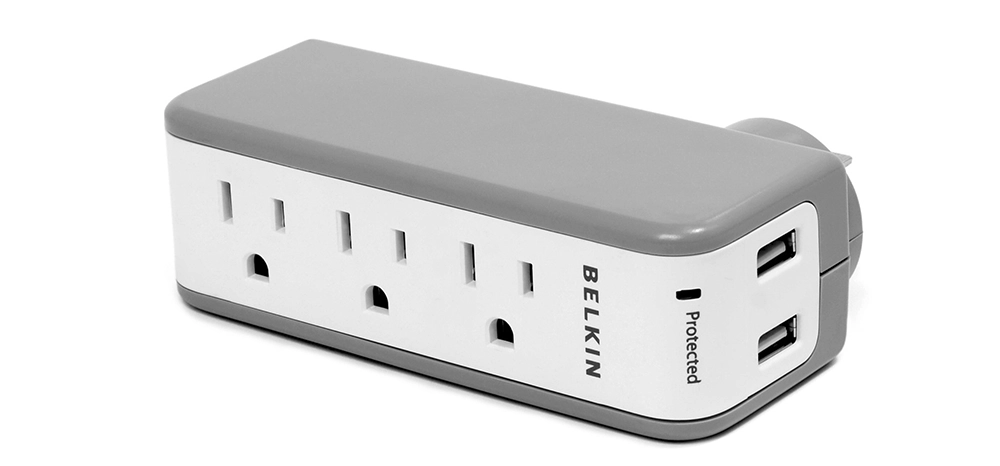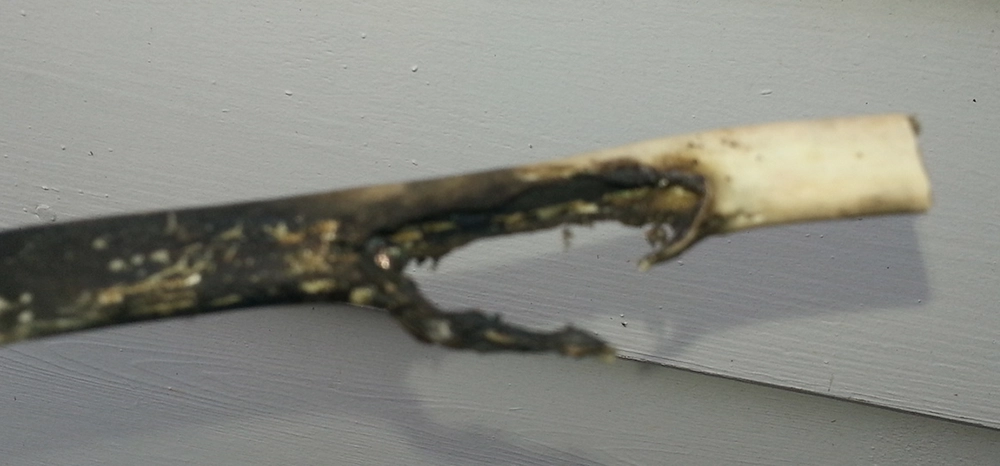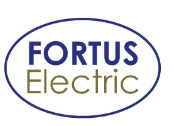Electrical Surge Protector
How to tell when your electrical surge protector has too many appliances plugged in.
Introduction
When you have multiple electronics plugged into the same power outlet, an electric surge protector can help protect them from electrical surges and spikes. However, if you are not careful about how many electronics you plug into one surge protector, you may overload it and put your electronics at risk. In this blog post, we will discuss how to tell when an electric surge protector is overloaded and what to do about it.

What is an Electric Surge Protector?
What is a Electric Surge Protector? A surge protector, also known as a surge suppressor, is a device that is made to protect electronic equipment from unwanted power surges or “spikes.” It takes only a tiny amount of voltage increase to damage most of today’s sensitive electronics (source: Dell.com, Knowledge base article)
Why is Overloading an Electric Surge Protector Dangerous?
When you have multiple electronics plugged into the same power outlet, an electric surge protector can help protect them from electrical surges and spikes. However, if you are not careful about how many electronics you plug into one surge protector, you may overload it and put your electronics at risk.
Need help with your commercial or residential electrical needs? Fortus Electric can help!
Signs of an Overloaded Electric Surge Protector
So, how do you tell when an electric surge protector is overloaded? Here are some signs to look out for:
- The surge protector feels hot to the touch: If your surge protector feels hot to the touch, it may be overloaded. This is because too much electricity is flowing through it, causing it to heat up.
- Your electronics are not functioning properly: If your electronics are not working as they should, it could be a sign that your surge protector is overloaded. This is because the electricity flow is disrupted, causing your devices to malfunction.
- The surge protector emits a burning smell: If you smell something burning near your surge protector, it may be overloaded. This is because the electricity flowing through it is causing it to overheat, which can result in a fire.
- The surge protector trips frequently: If your surge protector trips frequently, it may be overloaded. This is because it is trying to protect your electronics from too much electricity flow, causing it to shut off.
- Your electronics are not working properly: If your electronics, such as TV’s or computers, are not working as they should, it may be a sign that your surge protector is overloaded. This is because the electricity flow is disrupted, causing your devices to malfunction.

Conclusion
In summary, if you want to ensure that your electronics are protected from electrical surges and spikes, it is important to use an electric surge protector. But, it is equally important to ensure that you do not overload your surge protector. By keeping an eye out for the signs mentioned above, you can protect your electronics and ensure their longevity.
Other Resources
- How to Know When a Surge Protector Is Overloaded by Hunker
- How to Tell If Your Surge Protector is Overloaded by Tripp Lite
- The Best Surge Protectors for Protecting Your Electronics
These sources can provide more information and data to support the points made in the blog post.


